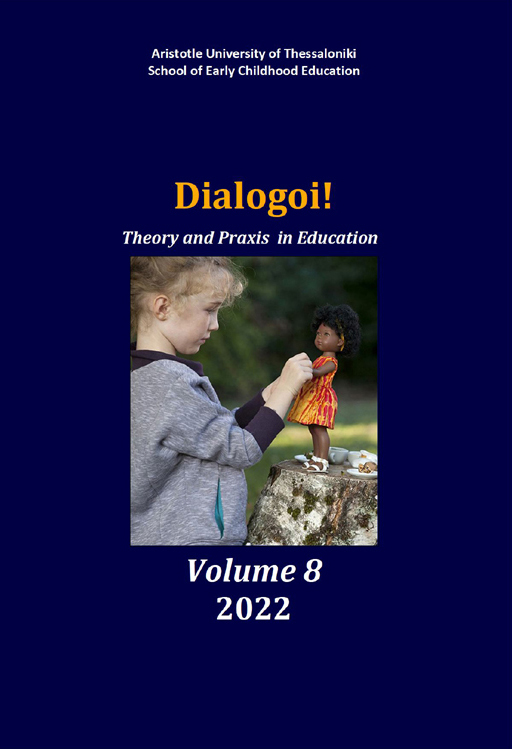Theatrical performance anxiety and stage fright: Psychometric evaluation and diagnostic validation of an observation scale for the pre-adolescent's teacher

Abstract
The school theatrical performance promotes creative expression while serving multiple educational functions and artistic purposes. However, those who take part as actors in it face many difficulties that they have to overcome in order to support their role, which is a source of anxiety for them. In fact, some individuals feel uncomfortable on stage due to the stress created by their social exposure. As a result, the pedagogical function of the show becomes difficult. Although it is generally agreed that this kind of anxiety can work positively when it exists to such an extent that it motivates the person to function effectively, it is also accepted that exposure to overly stressful situations can have a negative impact on them. As a result, the monitoring of actors’ stress levels when on stage is considered crucial. The purpose of this paper is to present a tool for recording and evaluating the levels of performance anxiety of pre-adolescent students, while taking part in a theatrical performance. Observation data from 792 actors in school theatrical performances were used to achieve that goal. According to the results, a short, reliable, and valid observation diagnostic mechanism for teachers to detect dangerous levels of performance anxiety, while providing prevalence data for the phenomenon of stage fright, was created, through psychometric methods as well as computational intelligence techniques.
Article Details
- How to Cite
-
Μαστροθανάσης Κ., & Κλαδάκη Μ. (2022). Theatrical performance anxiety and stage fright: Psychometric evaluation and diagnostic validation of an observation scale for the pre-adolescent’s teacher. Dialogoi! Theory and Praxis in Education, 8. https://doi.org/10.12681/dial.27921
- Issue
- Vol. 8 (2022)
- Section
- Scientific columns

This work is licensed under a Creative Commons Attribution-NonCommercial-ShareAlike 4.0 International License.
Authors who publish with this journal agree to the following terms:
- Authors retain copyright and grant the journal right of first publication with the work simultaneously licensed under a Creative Commons Attribution Non-Commercial License that allows others to share the work with an acknowledgement of the work's authorship and initial publication in this journal.
- Authors are able to enter into separate, additional contractual arrangements for the non-exclusive distribution of the journal's published version of the work (e.g. post it to an institutional repository or publish it in a book), with an acknowledgement of its initial publication in this journal.
- Authors are permitted and encouraged to post their work online (preferably in institutional repositories or on their website) prior to and during the submission process, as it can lead to productive exchanges, as well as earlier and greater citation of published work (See The Effect of Open Access).


